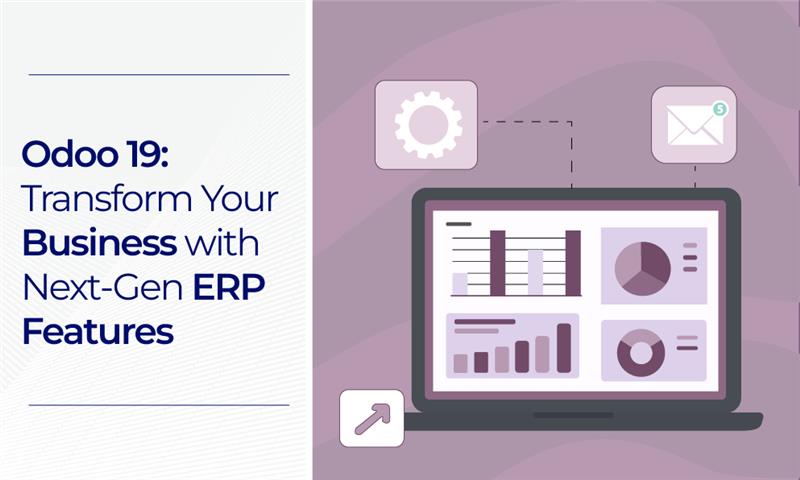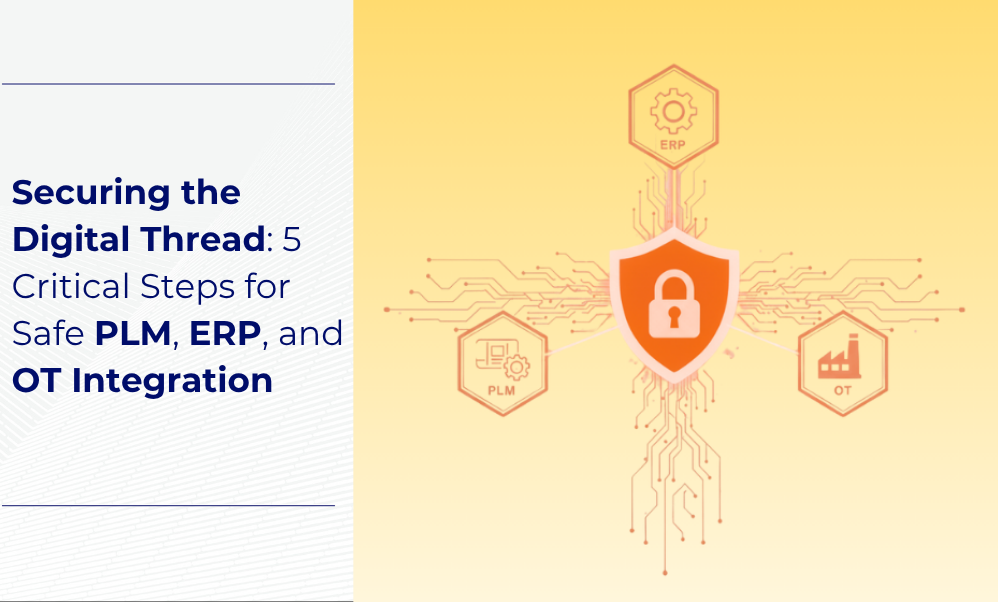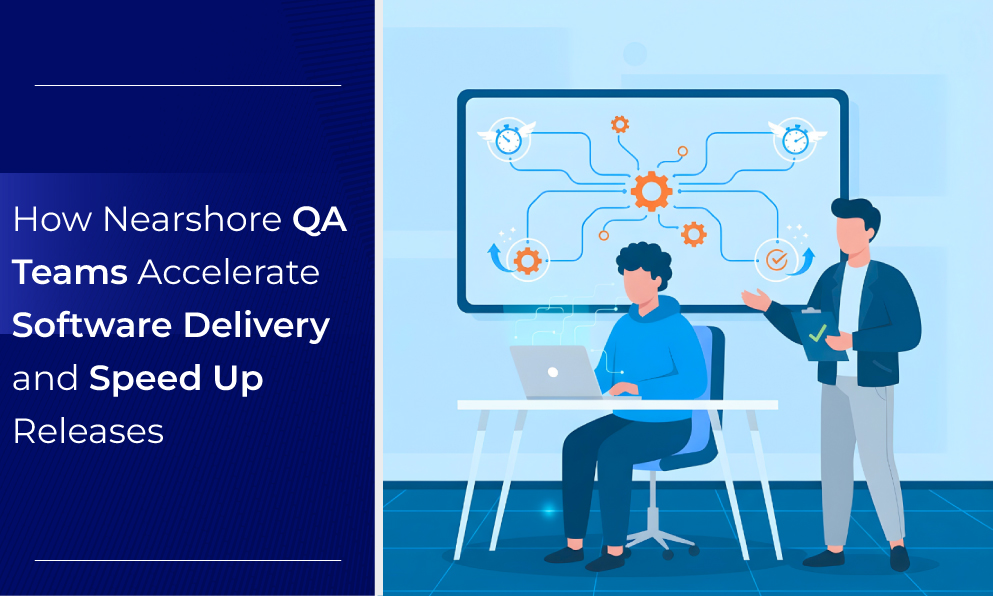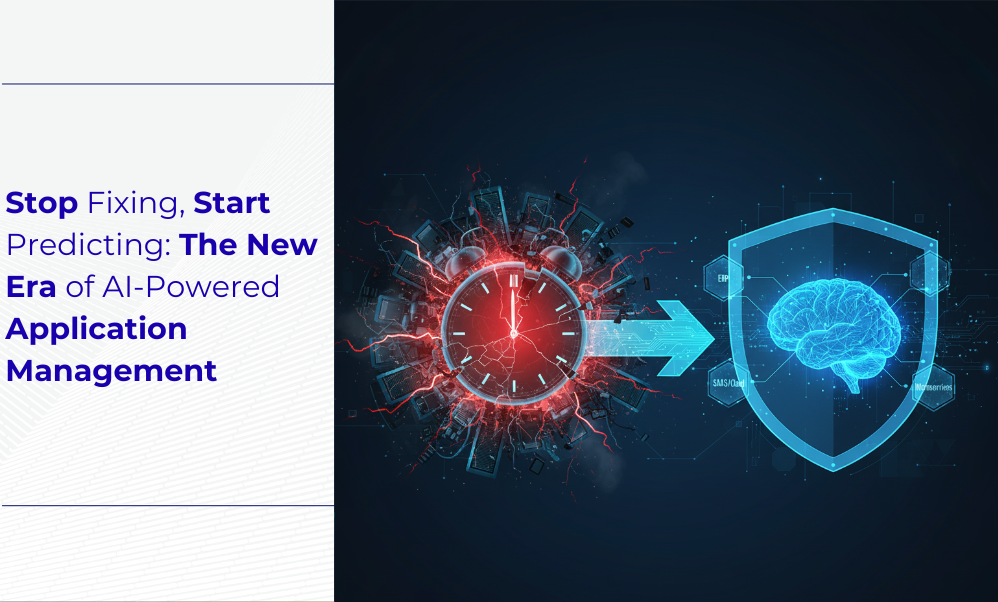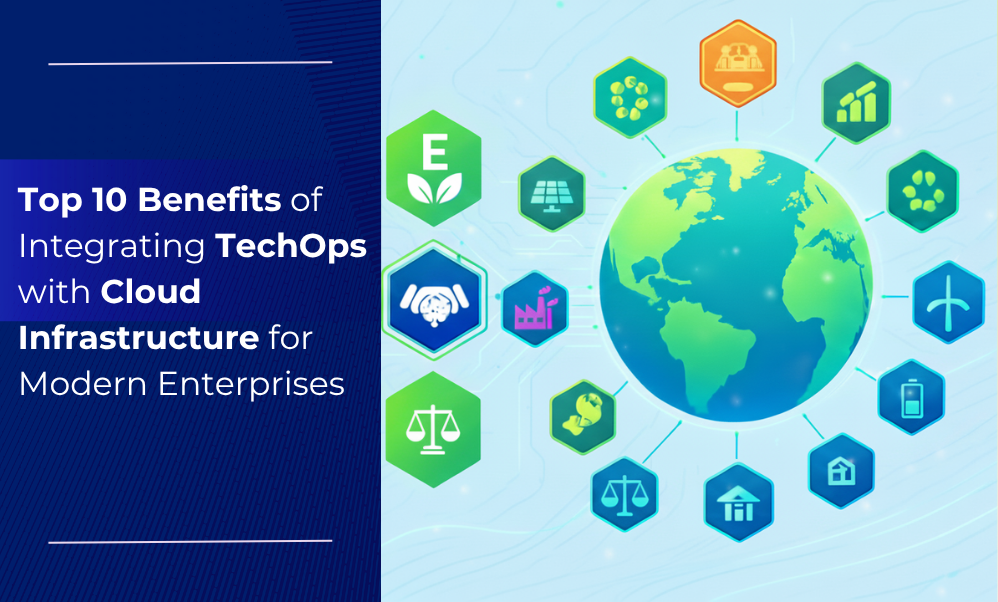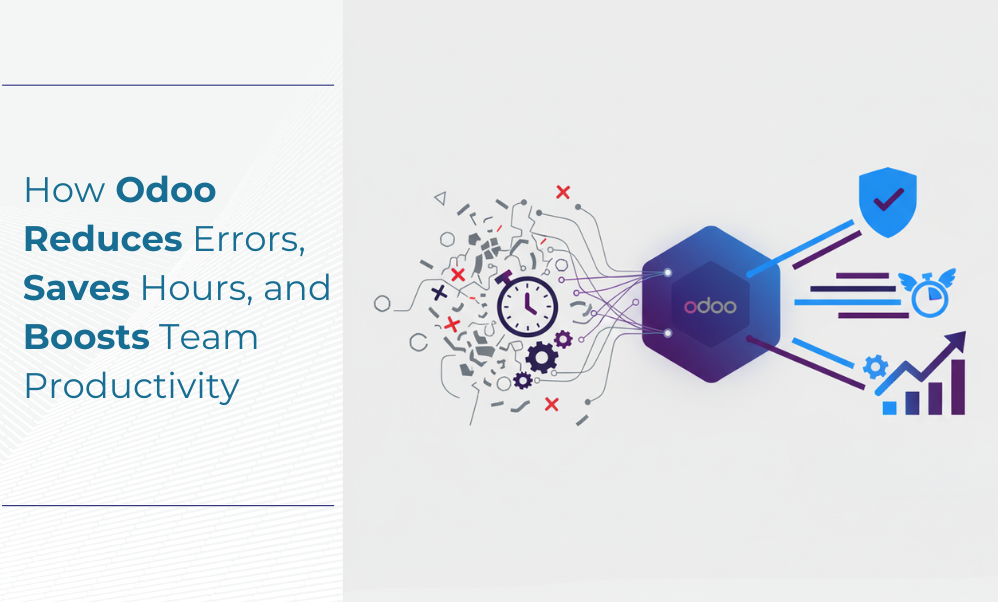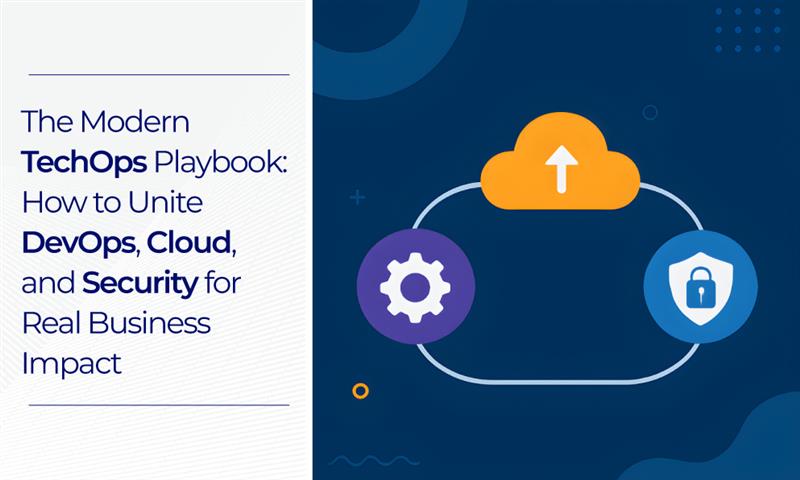Introduction
The global enterprise resource planning (ERP) landscape is in a state of rapid transformation. Modern enterprises are under constant pressure to enhance operational efficiency, harness data intelligence, and increase business agility. For organizations seeking a solution that is not just comprehensive but truly forward-looking, the arrival of Odoo 19 marks a pivotal moment. This latest iteration transcends a simple annual update; it represents a fundamental evolution, delivering a suite of Odoo 19 features engineered to redefine business processes through next-generation business automation and embedded intelligence.
Odoo has consistently delivered integrated business applications. With the Odoo 19 ERP upgrade, the platform solidifies its position as a leading solution for organizations pursuing digital excellence. The new release places significant emphasis on AI-powered ERP, advanced business automation, and a refined user experience, making it an essential consideration for any ERP that enterprises look to stay competitive.
BJIT, a trusted technology partner for Odoo implementation and enterprise innovation, helps global clients navigate this transition. With established expertise in Japan, Europe, and Bangladesh, BJIT offers reliable, cost-efficient, and nearshoring advantages to ensure a seamless adoption of this next-generation ERP.
The Dawn of Next-Gen ERP: Exploring Odoo 19 Features
The core value proposition of Odoo 19 lies in its fusion of traditional, robust ERP functionalities with cutting-edge technologies. These technologies, particularly artificial intelligence and machine learning, are no longer confined to niche modules but are deeply embedded in core operational processes, driving tangible benefits from finance to logistics.
The release is structurally focused on three primary pillars of enhancement: intelligent automation, enhanced user productivity, and deep-module vertical specialization. This section examines the most impactful Odoo 19 features driving this transformation.
Redefining Efficiency with AI and Machine Learning
The most significant advancement in this Odoo ERP upgrade is the widespread application of AI across the system. This integration moves beyond simple predictive analytics, offering generative and actionable insights that streamline complex, time-consuming tasks.
Core AI-Powered ERP Functionalities
This shift toward an AI-powered ERP signifies a move from reactive data analysis to proactive operational management. Tasks that previously required human intervention and judgment are now handled autonomously, allowing human capital to be redirected toward strategic initiatives. This aligns with the fact that over 78% of global companies now report using AI in their business (Global AI Adoption Institute, 2025).
Financial Agility and Compliance
Financial management in Odoo 19 is upgraded to handle the complexities of global enterprises with greater ease and compliance rigor. Enhancements focus on multi-company and multi-currency operations, advanced budgeting, and streamlined regulatory reporting.
- Enhanced Multi-Company Consolidation: Odoo 19 introduces a dedicated, high-speed consolidation engine. This allows finance teams to aggregate financial data from numerous subsidiaries—operating in different currencies and chart of accounts—into a single, unified view in near-real-time. This is critical for large ERP for enterprises operating globally.
- Advanced Tax Engine: The system features a modular, region-specific tax engine designed to handle dynamic regulatory changes in markets like Europe (VAT), Japan (Consumption Tax), and North America. This mitigates compliance risk, a central concern for multinational firms.
- Predictive Cash Flow: Utilizing machine learning, the new financial dashboard offers predictive cash flow models, forecasting liquidity based on projected invoicing, payment schedules, and recurring expenses. This facilitates superior treasury management and planning.
Supply Chain Mastery: Modern Logistics and Manufacturing
For organizations reliant on physical goods, the Manufacturing (MRP) and Inventory modules in Odoo 19 receive significant functional depth. The emphasis is on end-to-end visibility and lean operations.
- Manufacturing Execution System (MES) Integration: The MRP module now features a tighter, more intuitive integration with shop floor operations. Workers utilize redesigned tablet views with embedded quality checks and detailed work instructions, reducing errors and ensuring higher throughput.
- Multi-Site, Multi-Warehouse Optimization: Odoo 19 provides sophisticated tools for optimizing inventory allocation across geographically dispersed warehouses. Algorithms consider variables such as shipment costs, regional demand, and lead times to recommend the most profitable fulfillment location for every order.
- Quality Management Lifecycle: A dedicated quality management flow is introduced, linking incoming material inspection, in-process control points, and final product audits directly to the Bill of Materials (BOM) and routing. This provides granular traceability, a necessity for regulated industries.
Strategic Odoo ERP Upgrade: Planning Your Digital Leap
Migrating to a new ERP version, especially an upgrade as substantial as Odoo 19, requires careful strategic planning. The decision to execute an Odoo ERP upgrade should be viewed as a business transformation project, not merely a technical migration.
Odoo 19 vs. Odoo 18: Key Architectural Shifts
While Odoo 18 represented a mature, highly functional ERP, Odoo 19 is defined by architectural optimizations and a native reliance on emerging technologies. This transition mirrors broader industry shifts towards composable, AI-centric platforms.
The Upgrade Decision: Why Move to Odoo 19?
Enterprises typically face a trade-off between stability and innovation. However, the compelling advantages of Odoo 19 outweigh the migration effort, particularly for organizations seeking a decisive competitive edge. The shift is justified by proven industry results, as a majority of successful ERP projects meet or exceed their projected return on investment.
The move to Odoo 19 is an investment in future agility, ensuring that the ERP for enterprises remains a catalyst for growth, rather than a constraint.
Implementation Roadmap: The BJIT Advantage
Effective Odoo implementation hinges on deep domain expertise and a structured methodology. BJIT leverages its global experience to provide a predictable and cost-effective upgrade path to Odoo 19.
BJIT’s phased implementation approach ensures minimal disruption and maximum feature adoption:
- Discovery & Scoping: Comprehensive assessment of current processes, identification of custom module needs, and definition of the target Odoo 19 architecture.
- Data Migration & Testing: Utilizing proprietary migration tools to ensure data integrity. Extensive testing in a sandbox environment, focusing on backward compatibility and new feature validation.
- Custom Development & Integration: Development of necessary custom modules or third-party integrations, adhering to Odoo 19's API standards. This includes leveraging expertise in Python and JavaScript to optimize performance.
- Deployment & Training: Go-live strategy execution, followed by role-specific training sessions to ensure high user adoption of the new Odoo 19 features.
- Post-Implementation Support: Ongoing managed services and optimization consulting to refine processes and maximize the return on the Odoo ERP upgrade investment.
Nearshoring and Cost-Efficiency Models
BJIT’s operational model, spanning delivery centers in Bangladesh and strategic presence in Europe and Japan, offers a compelling economic advantage for large-scale Odoo implementation projects.
- Global Credibility, Local Cost: BJIT provides global credibility through high-standard project delivery in demanding markets like Japan and Europe, combined with the local cost-efficiency of its engineering center in Bangladesh. This nearshoring model reduces Total Cost of Ownership (TCO) by up to 40% compared to traditional service models, without compromising quality.
- Reliability and Quality: BJIT adheres to stringent international quality standards, ensuring that cost reduction does not compromise the reliability or functionality of the Odoo 19 solution. Our focus is on delivering secure, clean, and sustainable codebases for enterprise longevity.
- Time-Zone Alignment: Strategic geographical presence allows for optimized collaboration and support across major time zones, ensuring project continuity and responsive service delivery.
Core Odoo 19 Module Deep Dive
Beyond the foundational technological leaps, key functional modules have been refined and expanded in Odoo 19 to offer industry-leading solutions for specific business areas. These module-specific enhancements are critical drivers of business automation.
Sales and CRM Innovations
The customer relationship management (CRM) and Sales modules are centralized hubs for revenue generation. Odoo 19 introduces tools that make sales processes smarter, faster, and more integrated.
- Conversational Selling Interface: The CRM kanban and pipeline views are enhanced with real-time communication tools, enabling sales representatives to conduct entire customer interactions—from email to chat history—directly within the lead or opportunity record.
- Subscription Management 2.0: The handling of recurring revenue models is modernized. The module now automates complex operations such as proration, contract changes, and payment failures with pre-configured recovery workflows, critical for software and service businesses.
- AI-Driven Quoting: The system can now generate optimized sales quotes, leveraging historical data to recommend bundling options, pricing tiers, and projected close dates, significantly accelerating the sales cycle and increasing accuracy.
HR and Employee Management
Human resources management (HRM) is transformed into a strategic tool for talent retention and operational compliance in Odoo 19. New features focus on employee experience and regulatory simplification.
- Global Payroll Harmonization: The payroll module structure is redesigned to incorporate a centralized compliance engine. This simplification allows multinational companies to manage country-specific tax rules, reporting, and statutory deductions from a single global interface, minimizing the risk of multi-country compliance errors. This is particularly valuable for companies utilizing Odoo as a global ERP for enterprises.
- Performance and Development: Enhanced tools for continuous performance management include automated feedback loops, objective setting via OKR (Objectives and Key Results) methodology integration, and automated training suggestions based on skill gaps identified during reviews. This fosters a culture of continuous development.
- Recruitment Automation: Utilizing machine learning to analyze job descriptions against candidate résumés, providing better fit scoring and automated communication templates to streamline the hiring workflow. This significantly reduces the time-to-hire metric.
Project Management and Services
Service-based businesses, consulting firms, and internal project teams benefit from tighter integration between resource planning, time tracking, and invoicing in Odoo 19. This deep integration accelerates revenue recognition.
- Agile Project Sprints: Native support for popular agile methodologies, including sprint planning boards, velocity tracking, burndown charts, and backlog management, making Odoo more suitable for software development and complex delivery projects.
- Resource Forecasting: Odoo 19 features an advanced resource planning board that uses predictive modeling to forecast required capacity based on current projects and pipeline opportunities. This helps prevent burnout and optimize utilization rates.
- Time Tracking and Expense Integration: Mobile time tracking is optimized for touch and offline use. Submitted timesheets are automatically linked to relevant project tasks and customer invoices, minimizing administrative overhead and ensuring accurate billing.
Technical Architecture and Developer Enhancements
For development teams and organizations with extensive customizations, Odoo 19 delivers foundational improvements in performance, code stability, and deployment flexibility. These enhancements ensure the platform remains robust for any ERP for enterprises scenario.
Performance and Scalability Gains
The underlying technical architecture of Odoo 19 has been rigorously tuned to handle exponential data growth and increased user concurrency, a necessity for global enterprise operations.
- Database Optimization: Significant restructuring of key table indexes and query optimization techniques in the Object-Relational Mapper (ORM) layer results in substantially accelerated reporting cycles and record lookups, a crucial benefit for high-volume environments.
- Batch Processing Framework: A new framework allows for the scheduling and execution of heavy background tasks—such as massive imports or complex calculations—during off-peak hours. This ensures that the primary user interface remains responsive during peak business automation usage.
- Front-End Speed: Leveraging modern web technologies, the front-end rendering is streamlined, resulting in faster page loads and a more fluid, desktop-like experience across all modules.
Modern Developer Tooling
Odoo 19 provides developers with advanced tools designed to accelerate custom module development and simplify maintenance. This reduces the cost and complexity of long-term Odoo implementation.
- API and Webhook Evolution: Enhanced RESTful API capabilities and a more robust webhook system make integration with third-party applications easier and more reliable. This allows for asynchronous, real-time data updates, fostering a stronger ecosystem around the ERP.
- Debugging and Profiling: Improved in-system tools allow developers to profile performance bottlenecks and debug custom code more efficiently, significantly reducing the time required for maintenance and optimization tasks.
Global Compliance and Localization
A key challenge for any ERP for enterprises is adapting to the diverse legal, tax, and cultural requirements of different markets. Odoo 19 continues to excel in localization, providing out-of-the-box solutions for global operations.
Multi-Country Localization Packs
Odoo 19 features extensive updates to localization packages, ensuring compliance with recent changes in accounting standards and payroll regulations across major jurisdictions.
- European Compliance: Updates address specific regulatory needs, including mandatory e-invoicing formats (e.g., Peppol), VAT reporting standards, and specific general ledger requirements mandated by various EU member states.
- Asian Market Readiness: Focused enhancements for key Asian markets, including specific chart of accounts adjustments, advanced language support, and local regulatory adherence, crucial for organizations expanding operations into regions like Japan.
Security and Audit Trails
Security is paramount for an ERP for enterprises. Odoo 19 implements industry-leading security protocols and offers enhanced tools for auditing and access control.
- Role-Based Access Control: Granular permissions management is simplified, allowing administrators to define precise access rights based on user roles and the principle of least privilege, strengthening data integrity and confidentiality.
- Comprehensive Audit Trails: Every transaction and configuration change is logged with detailed metadata, providing an immutable record that aids both internal security monitoring and external regulatory audits.
Leveraging Global Expertise for ERP for Enterprises
Successfully adopting and optimizing Odoo 19 requires a partner with proven global capabilities, technical depth, and a commitment to client success. This is where BJIT's strategic positioning adds significant value.
BJIT’s Global Footprint: Japan, Europe, and Bangladesh
BJIT operates as a globally integrated service provider, offering clients the flexibility and expertise necessary for complex, multi-site Odoo implementation projects.
- Expertise in Highly Regulated Markets: BJIT’s presence and experience in markets like Japan and Europe equip the team with a deep understanding of stringent quality, security, and compliance requirements, translating directly into high-quality ERP solutions.
- Cost-Efficient Delivery: Our delivery center in Bangladesh provides access to a large pool of highly-skilled, certified Odoo developers and consultants, ensuring excellent value and cost-efficient project execution.
- Hybrid Engagement Model: BJIT customizes the engagement model—combining local presence for project management and requirements gathering with cost-effective nearshoring for development and testing—to provide the best possible service mix.
Framework for Quality and Governance
To further ensure reliability, BJIT leverages strategic alliances and robust internal frameworks for quality assurance and technical governance. This structured approach ensures our Odoo implementation services consistently meet the highest international standards.
This positioning as a trusted technology partner for Odoo implementation is crucial, especially when adopting a revolutionary platform like Odoo 19.
Future-Proofing with Odoo 19
The core objective of migrating to Odoo 19 is to future-proof the business against anticipated changes in technology, market dynamics, and customer expectations. The platform’s open-architecture and community-driven innovation pipeline ensure its longevity and adaptability.
Integrating IoT and Edge Computing
Odoo 19 lays the groundwork for seamless integration with Internet of Things (IoT) devices, particularly within Manufacturing and Inventory. This enables real-time data ingestion from shop-floor equipment, sensors, and logistics devices.
- Real-Time Data Streams: Data from machine sensors can be directly ingested into the MRP for proactive maintenance scheduling and live Odoo (Overall Equipment Effectiveness) calculation, driving predictive maintenance strategies.
- Warehouse Automation: Integration with automated guided vehicles (AGVs) and robotics through specialized Odoo IoT boxes streamlines complex warehouse operations and increases fulfillment speed.
Enhanced E-commerce and Omnichannel Experience
The shift to Odoo 19 ensures that the E-commerce module is equipped to handle the demands of modern omnichannel retail.
- Unified Inventory and Pricing: Guaranteed real-time synchronization of stock levels and pricing across all channels (physical stores, online portals, marketplaces), eliminating overselling and pricing errors.
- Personalized Customer Journeys: Utilizing the new AI-driven CRM, the E-commerce module delivers personalized product recommendations and segmented marketing campaigns, driving higher conversion rates and lifetime value.
Conclusion and Next Steps
The release of Odoo 19 represents a definitive step forward in the evolution of the ERP market. Its integrated suite of Odoo 19 features, underpinned by AI and focused on deep business automation, provides the critical infrastructure needed by modern ERP for enterprises. For businesses prioritizing scale, efficiency, and a sustainable competitive advantage, the transition to this next-generation platform is a strategic imperative.
Partnering with an experienced firm like BJIT ensures that your Odoo ERP upgrade is executed with precision, leveraging our global experience, cost-efficiency, and reliability. As a trusted technology partner, BJIT is ready to transform your operational challenges into strategic successes.
Transform your business with Odoo 19 and BJIT’s end-to-end ERP expertise.
References
Global Automation Research. (2024). Industry Report: The Impact of Artificial Intelligence on Financial Reconciliation.
Global AI Adoption Institute. (2025). Enterprise AI Integration Trends: Adoption in Business Functions.
CFO Insights. (2025). Next-Generation ERP Architecture and Cloud Migration.

